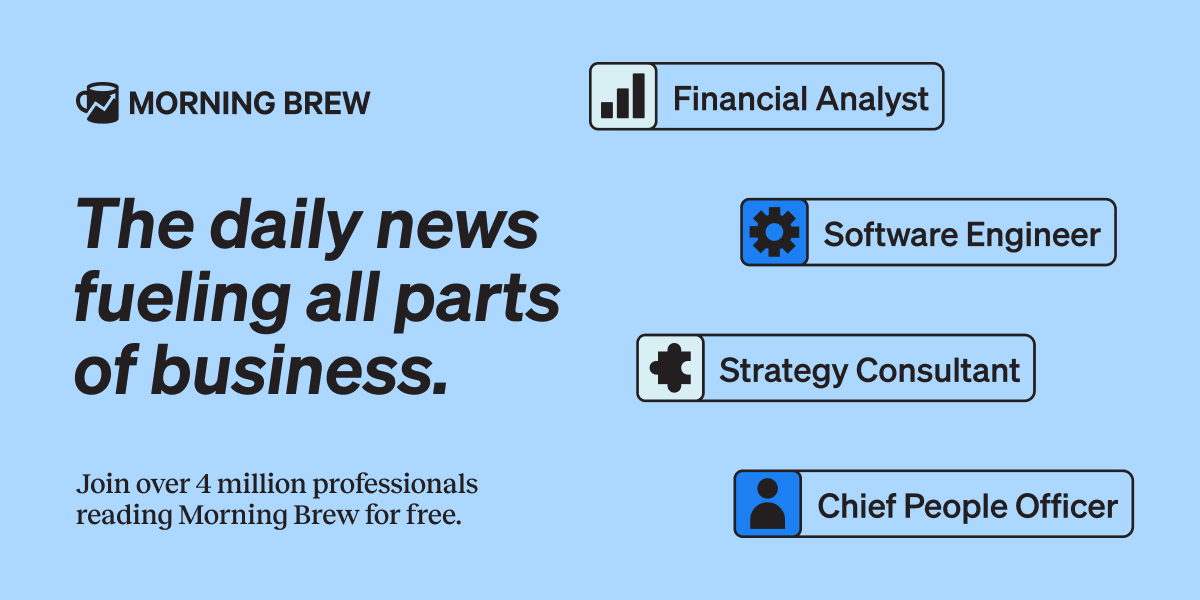- The Wolf on Wealth
- Posts
- What Happens if Someone Undercuts You?
What Happens if Someone Undercuts You?
Your prospects don't care what you charge — they care what you COST...
👋 Discounting is the drug that kills sales careers. Basecamp built a legendary business by REFUSING to discount their product even for enterprise clients. Their secret? A crystal-clear value proposition that made price negotiation irrelevant. Your prospects need the same clarity before they'll stop fixating on your competitor's lower price.
In this edition:
Kill Price Objections
“Sorry, No Discounts, Ever.”
Price-to-Value Bridge
Read time: 3 minutes | 739 words
INSIGHT
🔥 Price Objections Are Dead On Arrival
From the Desk of Jordan Belfort:
If you're losing deals over price, you're fundamentally MISSING THE POINT of value-based selling. When a prospect says "your competitor is cheaper," they're telling you ONE THING: you haven't properly demonstrated your VALUE.
Create an Overwhelming Value Proposition: Calculate exactly what your service is WORTH to their business. If you're bringing them $250,000 in new customers annually, do they honestly care about saving $25 a month with your competitor? ABSURD. Make the math irrefutable.
Position Yourself as Premium: Don't apologize for charging more – OWN IT. I personally chose a service provider that was DOUBLE the price of competitors because their presentation convinced me the ROI would be staggering. Quality costs more, period.
Reframe Their Thinking Process: Business owners think in terms of COST-BENEFIT RATIO. When you demonstrate that your $200 premium service crushes the $100 average alternative, the decision becomes a no-brainer. Make it about BUSINESS OUTCOMES, not price points.
Use Strategic Step-Downs: If needed, offer a smaller initial engagement to prove your value. Say: "Jim, in the first month alone, we'll bring you six new customers. That's just the beginning of what we'll deliver long-term."
Establish Clear Expectations: Be transparent about your pricing while conveying you're the best at what you do. Don't oversell or underdeliver. Set the relationship on solid ground from the start.
Remember: When you present correctly, price objections DISAPPEAR. The prospect isn't buying your service – they're buying the RESULTS your service will produce. Master this mindset and watch your closing rate skyrocket.
TOGETHER WITH HUBSPOT
Discover 100 Game-Changing Side Hustles for 2025
In today's economy, relying on a single income stream isn't enough. Our expertly curated database gives you everything you need to launch your perfect side hustle.
Explore vetted opportunities requiring minimal startup costs
Get detailed breakdowns of required skills and time investment
Compare potential earnings across different industries
Access step-by-step launch guides for each opportunity
Find side hustles that match your current skills
Ready to transform your income?
STORY
🚫 Basecamp's "No Discounting" Policy

Basecamp began as a solution to its founders' own problem. In 1999, Jason Fried and Carlos Segura founded a web design company called 37signals. As they struggled with project management tools, they created their own simple solution.
This internal tool became more valuable than their consulting business. In 2004, they launched Basecamp publicly as one of the first Software-as-a-Service (SaaS) products, pioneering a new business model. David Heinemeier Hansson joined as a programmer and developed Ruby on Rails while building Basecamp.
Their approach defied conventional startup wisdom:
No venture capital funding
No growth-at-all-costs mentality
No complex feature bloat
No discounting their product value

Jason Fried
Basecamp's business philosophy became as influential as their product. Fried and Hansson authored "Getting Real," "REWORK," and "It Doesn't Have to Be Crazy at Work" - manifestos for sustainable business practices that resonated with entrepreneurs worldwide.
When competitors added endless features and raised prices, Basecamp maintained its focus on simplicity and reasonable pricing. Their "no discounting" policy became legendary in SaaS circles - they refused to negotiate lower prices even for enterprise clients, arguing that their product delivered equal value to all customers regardless of size.
In 2014, they doubled down on their core product by renaming the entire company from 37signals to Basecamp. Their unconventional approach continued in 2020 when they launched Hey, an email service challenging Gmail.
Basecamp's success proved that prioritizing profitability, simplicity, and customer needs over rapid growth could build a sustainable, influential business. Their story remains a powerful counter-narrative to the venture-backed startup model.
Go Deeper: Jason Fried and the power of “No.”
TOGETHER WITH MORNING BREW
The gold standard of business news
Morning Brew is transforming the way working professionals consume business news.
They skip the jargon and lengthy stories, and instead serve up the news impacting your life and career with a hint of wit and humor. This way, you’ll actually enjoy reading the news—and the information sticks.
Best part? Morning Brew’s newsletter is completely free. Sign up in just 10 seconds and if you realize that you prefer long, dense, and boring business news—you can always go back to it.
ACTION
🌉 Creating Your Price-to-Value Bridge Statement
How to craft a statement that instantly neutralizes price objections:
Start with an honest acknowledgment of the price difference: "Yes, our solution is $X more than the alternative..."
Connect immediately to the most impressive, measurable outcome you deliver: "...but it generates $Y in additional revenue through [specific mechanism]..."
Add a timeframe that demonstrates rapid ROI: "...within the first 30/60/90 days..."
Close with the logical conclusion: "...making the price difference irrelevant when you consider the total impact."
Follow immediately with a question that moves the conversation forward: "Would achieving those results be valuable for your business?"
Remember: The most effective bridge statements use precise numbers rather than general claims. Quantify your value whenever possible.



